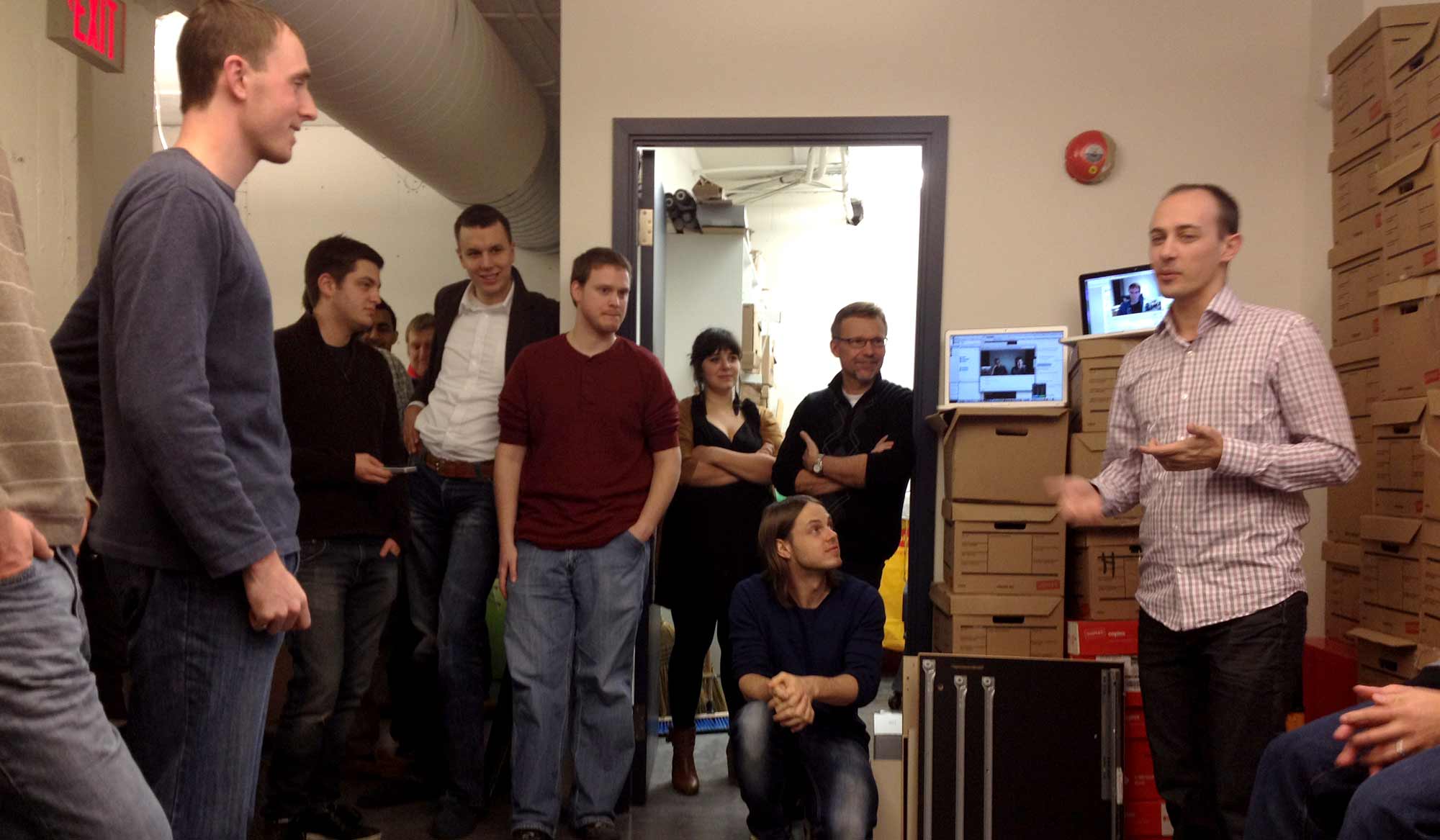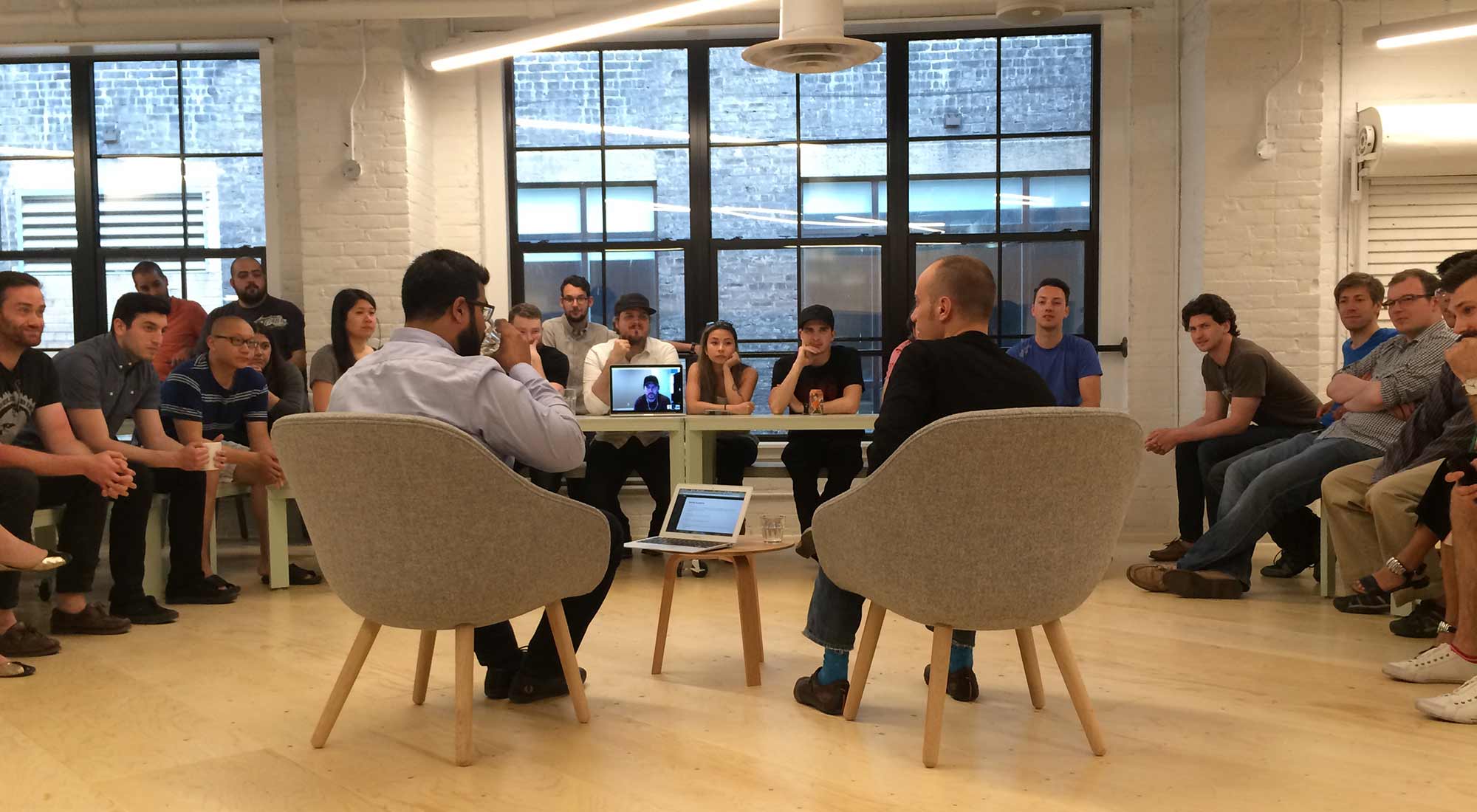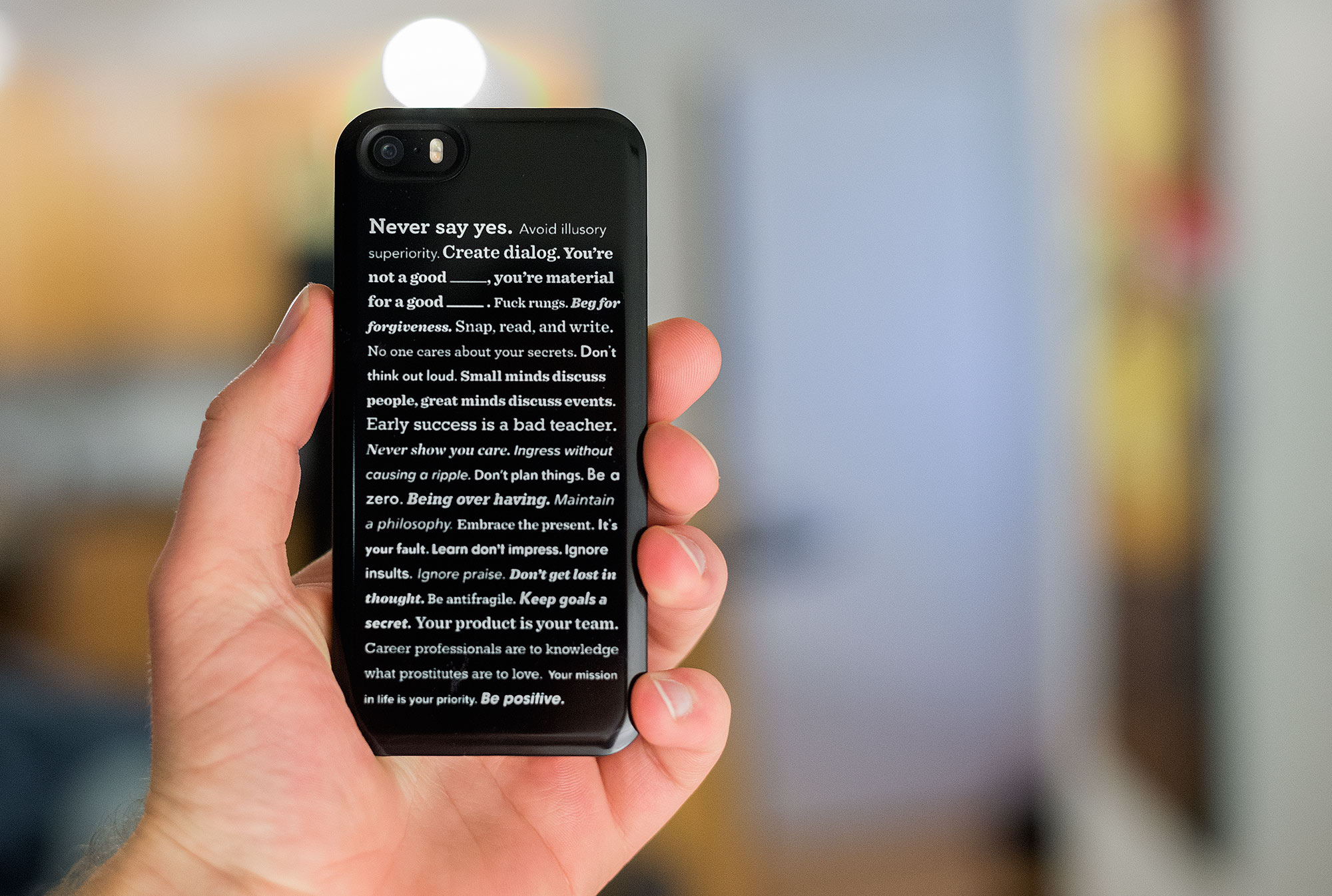
What is good process?
Tobi (CEO of Shopify) sat down with the Toronto office today dropped one of those nuggets. When asked “What is good process”, he defined it simply as:
Good process is turning something that wasn’t possible into something possible.
Good process is turning something that was possible into something easier.
Most companies will throw all sorts of process at problems, including the infamous “weekly meetings”. You’ve also probably heard of other more trendy processes like retrospectives, weekly syncs with team leads, 1 on 1s, performance reviews, demos, kickoffs, peer reviews, sprints, etc. Not all processes are inherently bad – even weekly meetings can be a useful tool if done right, but it’s important to constantly question the value of the process.
If you’re responsible for a team of people in the company you’ll perpetually tweak your process to fit your team and the problem you are trying to solve. This is why I liked Tobi’s advice; it’s a solid benchmark for an abstract mechanism like process.
Let’s do an example together:
The initial 10 people at Shopify got lots of Tobi time. We could ask him to pair program, feedback on a mock up, or to describe his perfect Sunday afternoon. When we hit 20 people he couldn’t spend time with everyone as much.
So there is our problem that a process could solve: Shopify was too big for the CEO to meet with everyone and answer all their questions whilst bestowing morsels of pansophism among the troops.
Our first “process” was for Tobi to hold “office hours”. Tobi would leave his door open and you could stroll in and ask him about how the funding was going or discuss the finer points of currywurst.
Did it make something possible that was previously not possible? Yes, anyone at Shopify now had access to Tobi time.
But office hours wasn’t scalable after we hit 50 or so people. It took an entire afternoon of Tobi’s time during a very busy time in Shopify.
Our second “process” was to try an “all hands meeting”. Basically we would meet in the lobby and discuss things. Sometimes there was a presentation, sometimes a new VP/exec would introduce himself, and there was always time for questions.

Did this process turn something that was possible into something easier? Yes, it was easier to ask Tobi questions in this environment. With the added bonus of hearing other people’s questions and a more efficient time block (about an hour).
But when we hit 90 people we physically didn’t have room anymore.
So we tried our third process: AMAs (or ask my anythings). We would submit questions and vote them up/down reddit style. Suddenly everyone again could ask Tobi anything they wanted to. On the last friday of every month we’d get together and read the questions.

Did this process turn something that was possible into something easier? Yes, the quality of the questions were even better than the all hands discussions and with a new feature of being able to ask them anonymously (although rarely used).
However, AMAs still bears one significant flaw: the questions come from the bottom up. It relies on us to ask the right questions and doesn’t facilitate a two way conversation.
So next time you’re holding that weekly meetings ask your self 2 things:
Am I turning something that wasn’t possible into something possible?
Am I turning something that was possible into something easier?
27 May 2014
Personal





